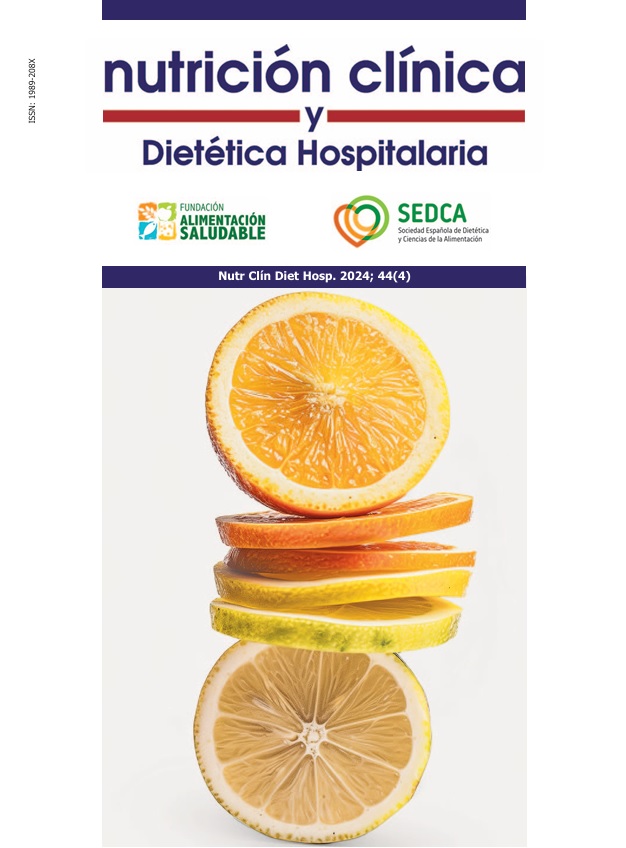Nutritional risk and intrauterine growth in pregnant women treated in a public hospital in Lima.
DOI:
https://doi.org/10.12873/444delgadoKeywords:
Control prenatal, ponderado fetal, calidad de la dieta, nivel de actividad física, altura uterinaAbstract
Introduction: The nutritional status of pregnant women
and nutrient deficiency have implications for the maternal-fetal binomial.
Objective: To evaluate the association between nutritional
risk and intrauterine growth in pregnant women treated in a public hospital in Lima.
Material and Methods: Study with a quantitative, cross
sectional, descriptive, cross-association and ambispective approach; carried out on 95 pregnant women between 18 and 45 years old, treated at the Huaycán Hospital, located in the Ate Vitarte district in Lima-Perú. Pregnant women with
chronic pathologies were excluded. The gynecological-obstetric characteristics were obtained from the clinical history, the nutritional assessment through the anthropometric record; diet quality eating index questionnaire. The level of physical activity through the GPAQ questionnaire and the evaluation of fetal growth through gynecological-obstetric ultrasound. To
analyze the association, chi-square was used and comple
mented with the logistic regression test to predict risk factors for intrauterine growth in pregnant women.
Results: 84,2% of pregnant women presented a sedentary
level of physical activity; 40% presented high gestational
weight gain and 86,3% needed to make modifications to their diet. When analyzing the risk factors and associating it with intrauterine growth, a significant association was found with prenatal controls. Likewise, between the fetal weighted indicator of intrauterine growth, with the consumption of iron supplements, pregestational BMI and physical activity, (p<0,05) was obtained. Likewise, when associating uterine height with ferrous sulfate supplementation and gestational weight gain was obtained (p<0,05).
Conclusions: Nutritional risk factors such as prenatal con
trol, ferrous sulfate supplementation, consumption of other
iron supplements, pregestational BMI and gestational weight gain, and physical activity are associated with intrauterine growth in pregnant women.
Downloads
Published
How to Cite
License
Copyright (c) 2024 Nutrición Clínica y Dietética Hospitalaria

This work is licensed under a Creative Commons Attribution-NonCommercial-NoDerivatives 4.0 International License.
Los lectores pueden utilizar los textos publicados de acuerdo con la definición BOAI (Budapest Open Access Initiative)



